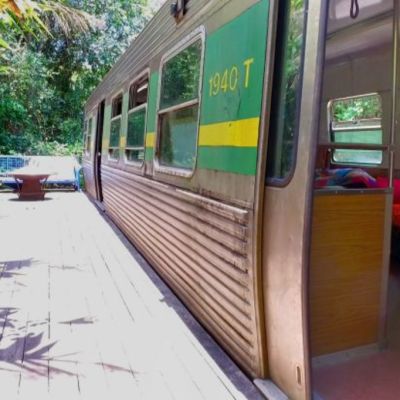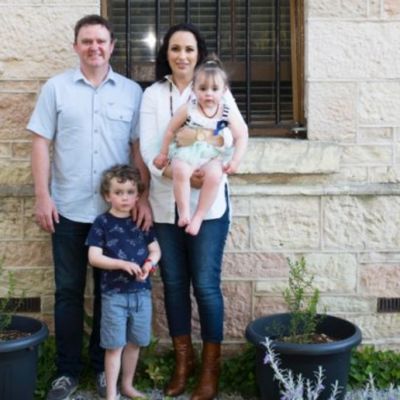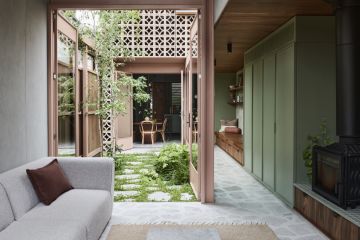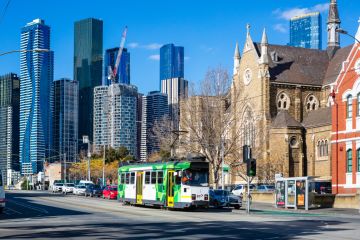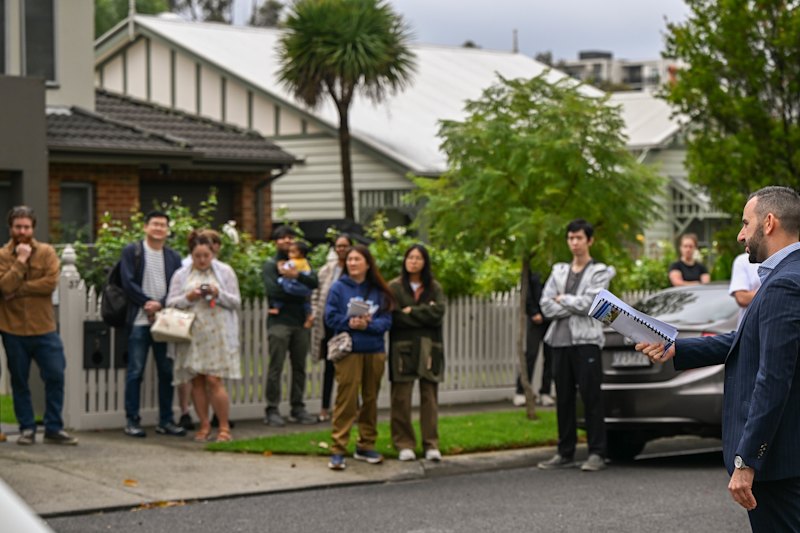Young Australians moving to Berlin for cheaper rent and better quality of life
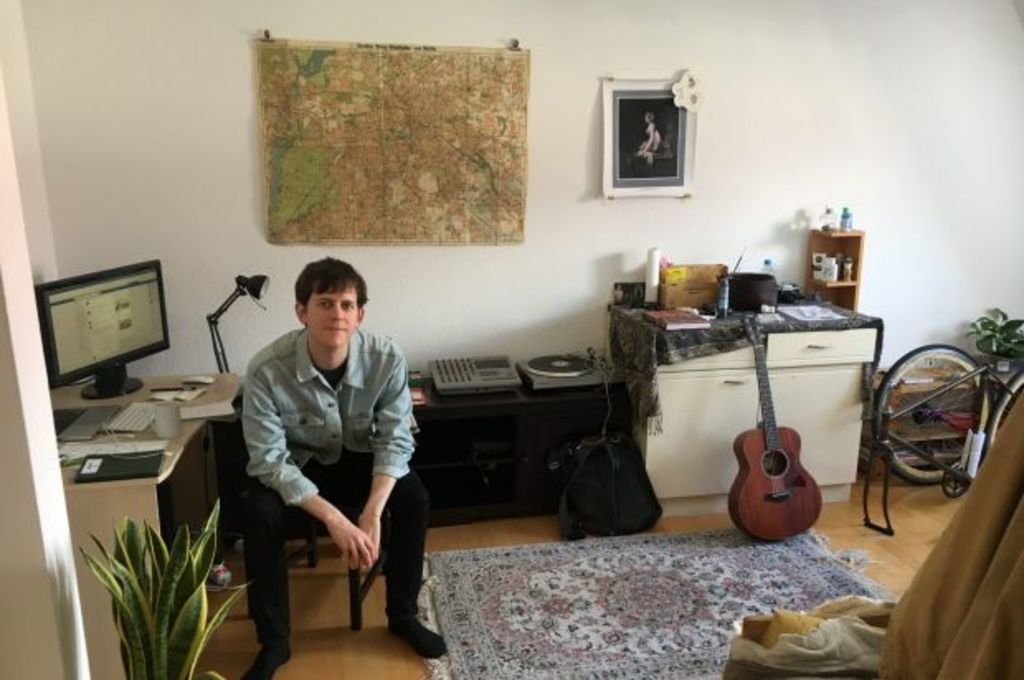
- Life in a converted train carriage
- The family who live in an old gaol
- Grace Brown’s new life in Mongolia
Joshua Frampton, 29, is part of a wave of young Australians moving to Berlin in pursuit of a lower cost of living and higher quality of life.
“A little ennui at the small-world Australian mentality, and middle-class trappings of teaching and a lot of wanderlust led me to South America, London and now Berlin,” says the freelance English teacher and music producer, who now resides in Friedrichshain, a gentrified quarter of former East Berlin.
Originally from Gympie, Queensland, Frampton left his hometown in 2013 in pursuit of an alternative and artistic place to flourish.
Finding London overpriced and overcrowded, he eventually moved to the German capital, attracted by the laidback cool that the city promises.
“I love the civil liberty. The fact you can do what you want and not feel a patronising nanny state breathing down your neck creates an open and free culture. Small business flourishes here for this reason, and artistic expression thrives as well. Australian culture feels a little stillborn by comparison.”
Housing affordability, of course, was also a factor.
“Berlin’s rental prices are on the rise, but still comparable to Brisbane,” Frampton says. “Things are much more affordable than Sydney or Melbourne, and I know people from my age demographic who are buying property here.”

Joshua Frampton lives in a spacious top-floor apartment with two other twenty-somethings.
According to Numbeo, the online cost-of-living database, you can maintain the same standard of living in Berlin ($4488) for over 40 per cent less than in Sydney ($7370), assuming that you rent in both cities. Consumer prices in Berlin are 35 per cent less and the rental costs are almost 65 per cent lower.
Frampton now lives in a spacious top-floor apartment with lots of natural light. He resides with two other twenty-somethings – an Italian architect and an Australian programmer – and describes his neighbourhood of Friedrichshain as “a mix of well-to-do young families and older residents rubbing shoulders with Berlin’s gritty techno scene, combined with the shabby touristic glamour of Warschauer Strasse”.
In Berlin, long-term rentals aren’t always easy to come by. It’s a city of transience, so short-term stays of anywhere from one to six months are the most common. “This revolving-door culture can make it difficult to get a foothold in the city,” says Frampton.
It took him and his roommate six months of searching to find a place and sign a lease. His advice? “Move here in winter… it’s much easier to find a flat.”

The freelance English teacher and music producer now resides in Friedrichshain, a gentrified quarter of former East Berlin.
That said, tenants are generally treated better in Berlin – a fact that’s key to understanding why only 45 per cent of Germans are owner-occupiers. “Renters typically have many more rights in Germany than in Australia,” explains Frampton. “Once a lease is signed, it is very difficult/impossible for a landlord to raise the rent.”
As a non-native speaker, Frampton has found Berlin to be an at-times challenging destination, but one that’s ultimately made him a better communicator. The experience has been enriching.
“[Berlin] is a city where the historical layers are hyper-visible, serving as a microcosm of 20th-century ideological rise and fall. There is a sexy, down-at-heel appeal about the place.”
As for if he’ll ever return: “Australia is still home for me, but I am in no rush to move back yet. I think the appeal to return will grow as I get older.”
We recommend
We thought you might like
States
Capital Cities
Capital Cities - Rentals
Popular Areas
Allhomes
More
